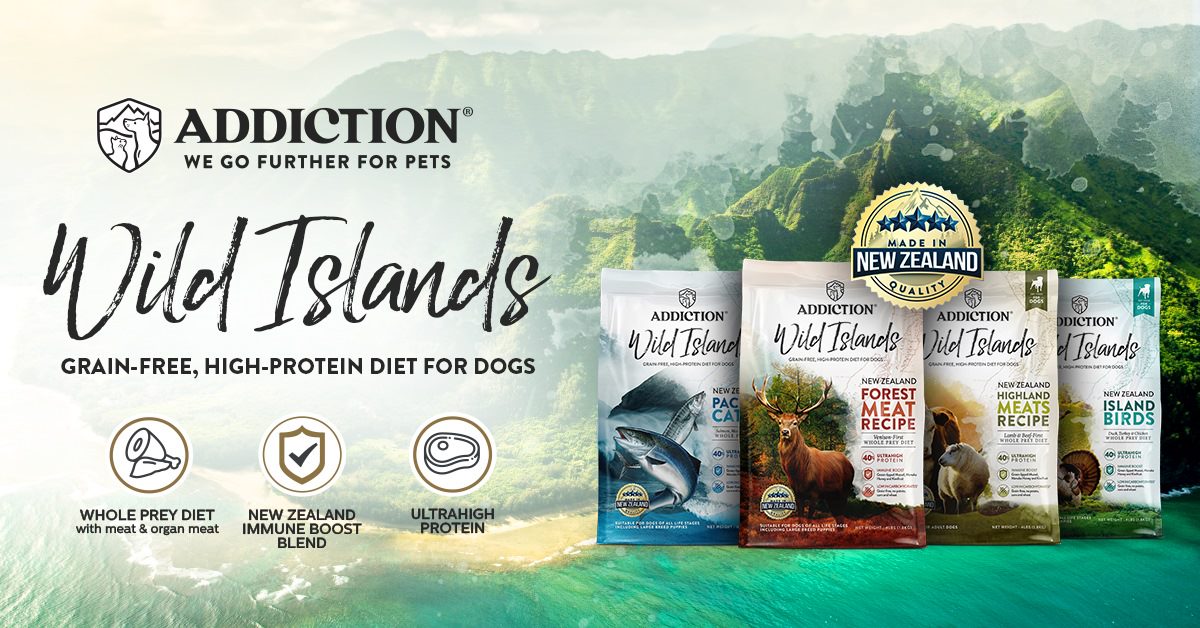How To Store Cat Food?

How to store cat food
After you have bought life stage-appropriate premium quality cat food, your next concern is how to keep cat food fresh. How can the product be properly stored to keep it fresh and wholesome until it is fully consumed?
Firstly, pet owners should make a habit of reading pet food labels, not only to check the ingredients but also to check the “best by” or “best before” date. As much as possible, choose a product with the farthest date in the future. In addition to ensuring that the pet food will keep longer, you are also buying the freshest one that is available on the store’s shelf. However, pet owners should also keep in mind that these dates are not fully reliable as pet food quality may be compromised with packaging, transport, and storage. There may also be ingredients that have been incorporated which can hasten the deterioration of the product, especially when exposed to air.
What is the best way to store dry cat food?
How pet food is handled once you get home can also have an important influence on how long the product remains fresh and maintains its quality. Knowing how to keep your cat food fresh can go a long way in ensuring that the quality of the product is preserved. Pet food that is exposed to the elements -air, light, humidity, high temperature, etc.- has an increased rate of degradation.
To minimize any negative effects, the best way to store cat kibble is to keep the contents in the original packaging. Reputable pet food manufacturers walk the extra mile to preserve the freshness of their products by using high-quality food bags that provide a fat barrier – a material that can resist the elements. Some food bags can be resealed, or if not, you can roll and close the top of the bag with a clip.

If you have metal, glass, or plastic bins, you can place the pet food inside, but the contents should still be in the original packaging. Pouring the kibble directly into the bin can hasten deterioration. The container or bin will protect the pet food from rodents, ants and roaches. Always remember to store the container or food bag off the floor in a cool and dry part of your home where the environmental temperature does not exceed 100°F (38°C). High temperatures can destroy vitamins and cause fat oxidation that can lead to rancidity. Improper storage can make dry cat food go bad as the contents become exposed to the elements.
When feeding kibbles, don’t offer more than what your kitty can consume within 24 hours. In addition to the possibility of going stale, leaving kibble out can increase your pet’s risk to piling on the pounds. It will also prevent you from monitoring your pet’s appetite. Food bowls that are used for dry food should be washed at least once a week.
The shelf life of dry cat food depends to a large extent on the brand and the ingredients that are used in the formula. Different companies vary in their claims regarding the shelf life of their products, which is defined as the length of time (usually in months) during which pet food that is stored properly maintains its freshness and quality.
How to store wet cat food?
Like dry pet food, canned cat food products also have a “used before” or “best by” dates. Unopened, the freshness and quality of canned cat food can remain when these are stored in a cool dry place (temperature is between 50-100°F). But once it is opened, canned food should be stored in the refrigerator, but not for more than 7 days. If you have opened a bigger can of pet food and you don’t think that your pet can consume it all within a week, it is a good idea to freeze single servings and thaw them as needed. However, take note that freezing can change the pet food’s taste and texture. Before placing canned pet food inside the fridge, seal the opening with a plastic pet food lid or a plastic wrap to prevent the loss of moisture, minimize air exposure, and to prevent the transfer of odors to other foods inside the refrigerator. Although zip lock bags are good in preventing moisture loss, these don’t provide good barriers to odor and oxygen.
Do note that cats hate cold food and may turn up their noses when they find it on their bowls. Thus, it is recommended that refrigerated cat food be heated in the microwave for a few seconds because cats like their food warmed to body temperature, and heating also enhances the scent and flavor of pet food.
After opening, canned pet food that is left at room temperature should be disposed of after four hours. This means you should never leave wet cat food out overnight as it will quickly go bad. Food bowls should be cleaned thoroughly before being refilled with canned food.







